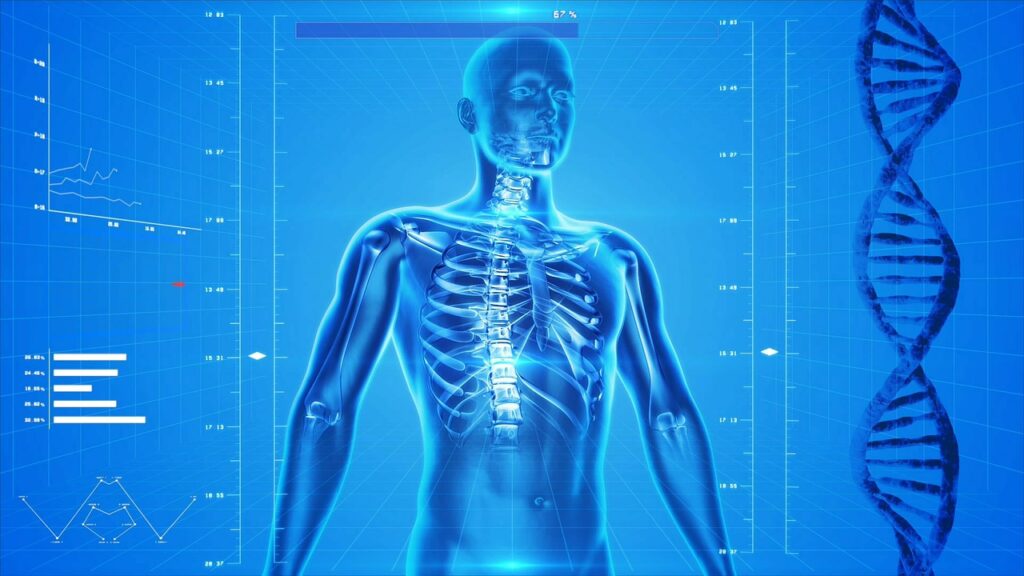A new study from the Garvan Institute of Medical Research has developed a computational model to calculate skeletal age, which is a personalized estimate of an individual’s risk of bone fracture and premature death.
This helps health professionals to better identify who are at a risk of a first bone fracture and subsequent fractures. It also helps them get an estimate of how fractures impact life expectancy.
Osteoporosis is a disease which reduces bone strength and increases bone fracture risk. It’s been a major national issue in Australia affecting over 900,000 people and costing around $3.4 billion annually.
A fracture shortens life expectancy more in men than in women.
Professor Tuan Nguyen, senior author of the research published in eLife said that there was a lot of complacency in the community when it came to bone health only 20% of those with fragility fractures were taking approved treatments for osteoporosis.
The team hoped that this calculation could help them identify those at higher risk of fractures and encourage them to speak to their doctor about how to better manage their condition.
Statistics show that from the age of 50, one in two women and one in three men seem to be affected by bone fractures. For women, the lifetime risk of a hip fracture is equal to or higher than the risk of developing invasive breast cancer.
It’s shown that each fracture increases the risk of future fracture by two-fold, and also pre-existing fractures increase the risk of premature death by about 50% in both men and women. One more thing to note here is that one in three adults over 50 dies within a year of sustaining a hip fracture.
Although there are few existing models predicting the risk of an initial fracture, it still is unclear why some individuals do well after an initial fracture, while others sustain further fractures and have a higher risk of mortality.
Dr Thao Ho-Le, the first author, said that they were on their way to developing a model that complements the existing tools, simultaneously predicting an individual’s risk of subsequent fractures and their chance of premature death.
The team used data from Garvan’s Dubbo Osteoporosis Epidemiology Study, which was started in 1989 and is the world’s longest-running large-scale study of osteoporosis in men and women and developed the model.
The model uses an individual’s age, bone density, history of previous fractures and other health conditions to calculate a personalized estimate of ‘skeletal age’.
Nguyen explains that the model was quantified the intricate transitions between fracture, re-fracture and mortality, and also it defines skeletal age as the age of an individual’s skeleton that results from their risk factors for fracture.
Example: A typical 70-year-old man who had sustained a fracture had a skeletal age of 75 years. When the man had a second fracture, the skeletal age rose to 87 years, which means the individual now has the same fracture risk profile as an 87-year-old man who has a healthy risk profile.
The team is now focused on developing an online calculator that helps doctors.
“The key message of this study is that it’s never too early to think about your bone health,” says Professor Nguyen. If your skeletal age is higher than your actual age, you should seek medical advice from your doctor on how to manage the higher risk.
Journal Reference:
Thao Phuong Ho-Le, Thach Son Tran, Dana Bliuc, Hanh M Pham, Steven A Frost, Jacqueline R Center, John A Eisman, Tuan V Nguyen. Epidemiological transition to mortality and re-fracture following an initial fracture. eLife, 2021; 10 DOI: 10.7554/eLife.61142

